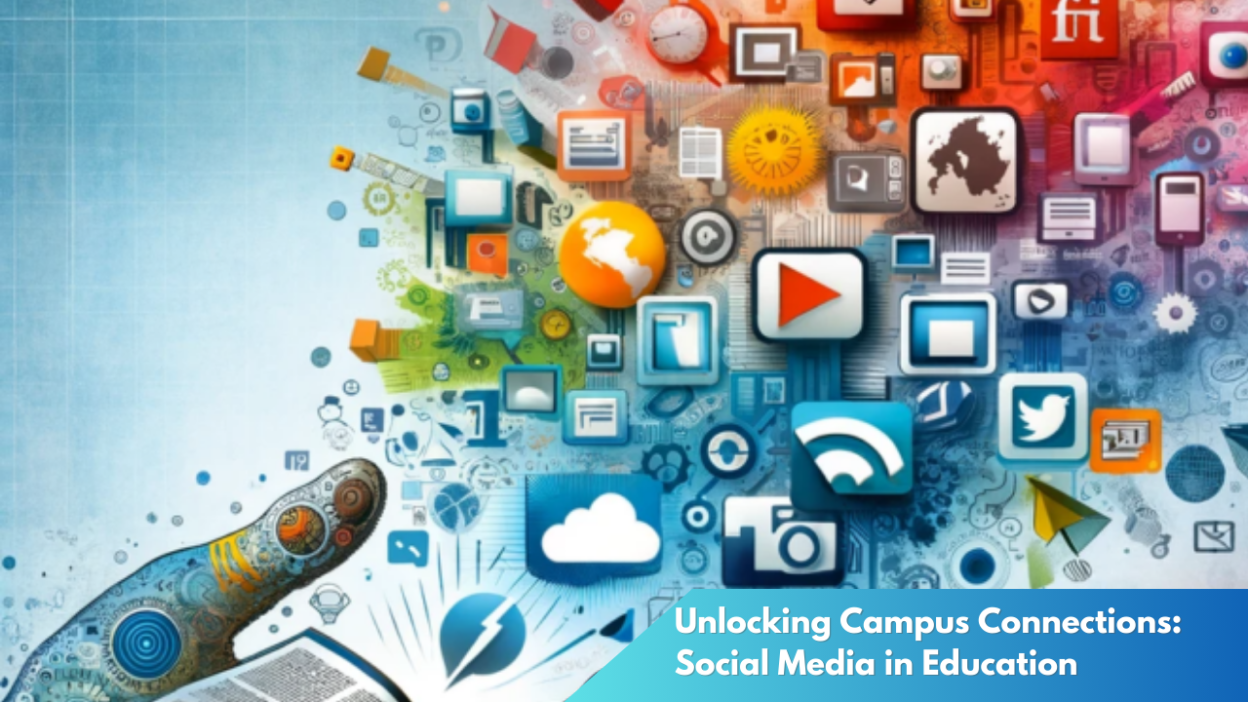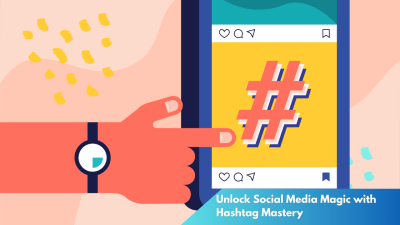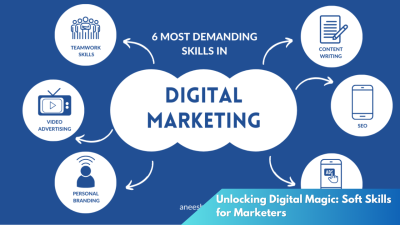In today’s digital age, social media platforms are no longer just venues for sharing selfies and status updates—they’re vibrant arenas where educational communities are thriving and evolving. Schools and universities across the globe are tapping into the power of social media to enhance learning experiences, foster connections, and build supportive networks. This article explores how these tools are transforming educational landscapes and creating enriched environments for both students and educators.
Connecting the Dots: Social Media’s Role on Campus
Social media’s integration into educational settings has unlocked a new realm of connectivity. On campuses, platforms like Twitter and Instagram serve as bridges, linking students, faculty, and administrative bodies. These tools provide a valuable channel for communication, enabling quick updates and fostering a sense of community. Students can swiftly organize study groups, clubs can promote events, and faculty can share insights beyond the conventional classroom walls.
Moreover, social media empowers students to engage with their academic communities in meaningful ways. By participating in university-run Facebook groups or following institution-specific hashtags, students gain access to a wealth of resources and support. This connectivity offers a unique opportunity to engage with peers from diverse backgrounds, promoting cross-cultural understanding and inclusivity. Social media’s role in reducing the barriers between individuals and information is a game-changer in nurturing a collaborative educational atmosphere.
Beyond mere communication, social media platforms are becoming instrumental in academic networking and professional development. LinkedIn and similar platforms allow students to connect with alumni, professionals in their field of interest, and potential employers. These connections are vital in helping students transition from academia to industry, providing them with insights and opportunities that would be challenging to find through traditional means. Social media’s role on campus is not just about making friends—it’s about building a future.
From Likes to Learning: Building Bonds in Education

Social media’s educational potential extends beyond networking, positioning itself as a dynamic learning tool. Platforms like YouTube and Pinterest have become invaluable resources for students seeking to supplement their knowledge outside the classroom. Educators are harnessing these platforms to create rich, engaging content that transforms passive learning into an interactive experience. Whether it’s a tutorial video or a digital storytelling project, social media facilitates innovative learning methods that resonate with the digital-native generation.
In the classroom, social media platforms can support collaborative learning projects that encourage students to engage creatively and critically. For instance, creating a class blog or using a private Facebook group for discussions allows students to express themselves and share their perspectives in a structured environment. This kind of interaction not only reinforces classroom learning but also develops essential skills like digital literacy, critical thinking, and effective communication.
Furthermore, social media’s ability to break geographical barriers opens the door for global learning opportunities. Students can participate in virtual exchanges, join international forums, and collaborate with peers worldwide. This access to diverse perspectives enriches their educational experience and prepares them for a globalized world. Thus, social media not only facilitates connections within a campus but also extends the classroom to the global community, reshaping traditional educational boundaries.
As social media continues to evolve, so too does its role in education. It has become an indispensable part of modern campus life, acting as a catalyst for communication, collaboration, and creativity. By embracing these digital tools, educational institutions can unlock new potentials for learning and connection, fostering environments where students and educators thrive. As we continue to explore the intersection of social media and education, one thing is clear: the future of learning is social, interactive, and bound by fewer limitations than ever before.




